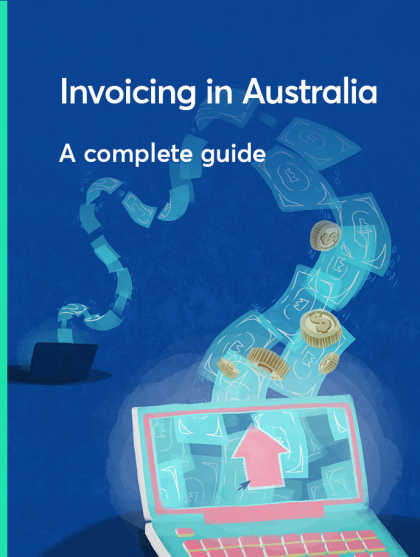
How to avoid common invoicing errors
Last editedFeb 20201 min read
A guide to common mistakes made when demanding payment and tips on how to avoid making them.
If you make mistakes with your invoicing process, it could cause serious problems. You might confuse your customers, delay payment and even harm the reputation of your business. Some of the errors to avoid include the following.
Using manual invoicing systems
Some small businesses still send paper invoices. These take time to arrive – at least a day and often much longer – which immediately increases the payment time. Paper invoices also take longer to process and can be prone to duplication, plus they’re more likely to contain errors.
Increasingly, Australian small businesses are moving to accounting software, which can generate and send invoices automatically, or at least with minimum effort. Such invoices can be delivered by email and in some cases paid directly online by the recipient. Even better, late payers can be tracked and politely reminded if they haven't paid on time.
Getting information wrong or sending the invoice to the wrong person
It's not hard to misspell a company name, or address an invoice to the wrong person. This causes delays while the mistake is discovered, a new invoice requested, and the amended document re-sent. Check before sending your invoices.
You can also avoid confusion by being clear and detailed in describing which products or services have been provided. Don’t give your clients any reason to dispute an invoice.
Asking for the wrong amount
One of the most likely reasons for non-payment of an invoice is if the amount is wrong. Always double-check the amounts in your invoices, to ensure they match what was agreed with the customer. There's potentially a lot of accounting hassle involved – for the customer as well as for you – if an incorrect invoice is processed and paid. Be sure to get it right first time.
Including the wrong GST rate
If your business is registered for GST, make sure you use the right calculation for the goods and services provided. Also, ensure you're charging the correct rate, based on the items and services you're selling and whether you're selling overseas. Check with your accountant if you have any questions. It's important to get this right, otherwise you run the risk of being investigated by the Taxation Office.
Providing incorrect payment information
Make sure that your company’s payment details, bank account number and mailing address are correct and easy to read. Try to offer several different payment methods, to give your customers more ways to pay you. Sending an e-invoice that includes a link to an online payment service can make your customers' lives easier. That, in turn, means you're likely to get paid faster.
Interested in collecting payments by Direct Debit?
Find out if online Direct Debit is right for your business